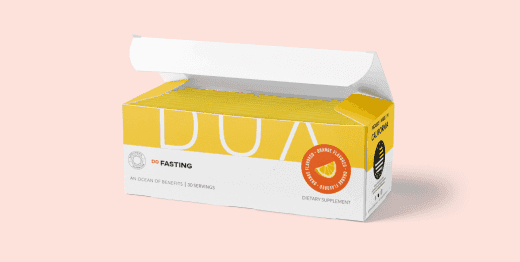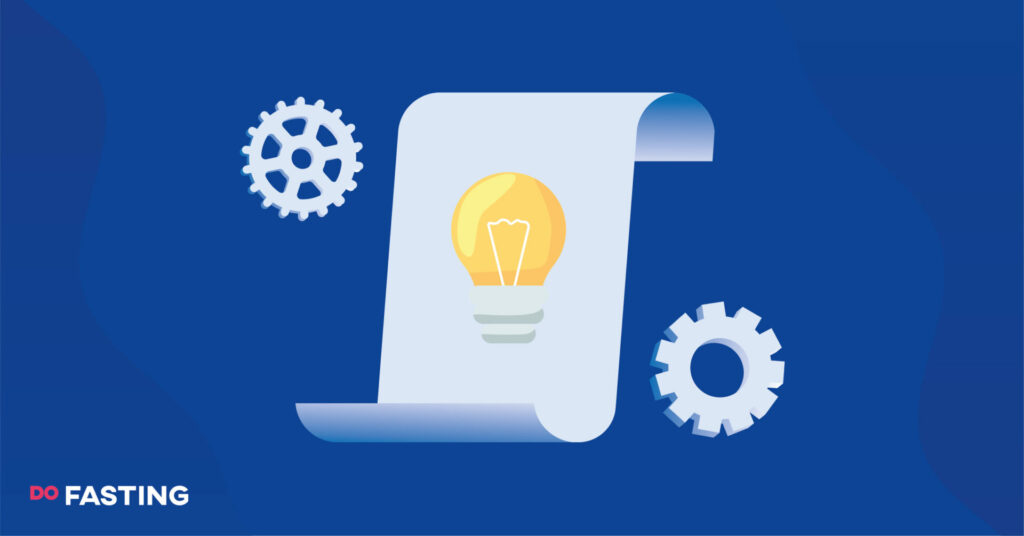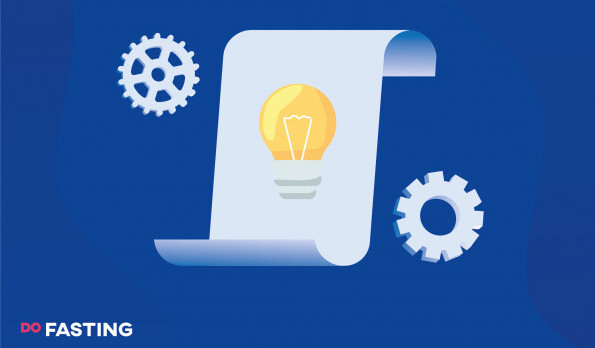Contents
4 At-Home Measurement Methods
In this part of the article, each body fat measurement tool can be used at home and is available to the general population.
Smart bathroom scales
Smart scales differ from regular scales in that they measure several metrics instead of just showing your weight. The smart scales estimate your body fat, muscle mass, bone mass, water percentage, resting heart rate, and weight.
It may appear to be some form of witchcraft that an “electronic tablet” you stand on can observe everything that happens within your body composition. Nonetheless, there is science behind it.
The smart scale uses BIA or bioelectrical impedance analysis. It’s a measurement of the tissues in the body. BIA does that by shooting a weak electrical current through your body.
The current gains information on resistance from fat tissue and muscle tissues. For instance, it’s easier for electrical currents to move through muscle than fat.
Following that, the scale calculates your body fat percentage by implementing a mathematical equation. However, to get accurate calculations, you need to provide information about yourself, such as your gender, age, and height, through an app (DoFasting, for example).
- Pros — easy to use, shows a lot of information and can be used by multiple users.
- Cons — varying accuracy and price.
- Accuracy — the accuracy varies according to the model of the scale and the percentage of the person’s body fat.
If you want to try it out, you can take a look at the DoFasting smart scale. The smart scale offers in-depth information about your body composition. All of the body measurements and parameters include:
- Body weight
- Ideal weight
- Body mass index
- Basal metabolic rate
- Body fat mass
- Visceral fat
- Skeletal muscle mass
- Bone mass
- Body water
- Protein
- Body type
- Metabolic age
You can see that you get a lot of interesting valuable from just one device. Moreover, the scale works perfectly with the DoFasting app, which is very convenient for accurate findings.
Also, the scale offers personalized weight loss recommendations, is equipped with 4 high-precision sensors for the best accuracy, and quickly syncs all data to your mobile phone. By connecting the app to the smart scale, you can see the details of your body composition on your smart device.
Take a
1-minute quiz
and discover how much weight you can lose with DoFasting!
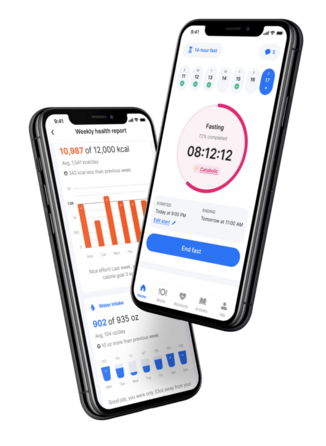
Skinfold measurements – calipers or “the pinch test”
Skinfold calipers measure how much fat is in the body. To be exact, it measures the thickness of the fat underneath the skin, also referred to as your subcutaneous fat. It’s a method that’s been used for quite some time now.
The fat is measured by softly pinching the skin and fat underneath in various areas of the body with a caliper. There are usually 7 areas on which you can use the pinch test on:
- Triceps — upper arm area.
- Quadriceps — middle of the upper thigh.
- Supralailiac — above the iliac crest of the hip bone.
- Subscapular — beneath the edge of the shoulder blade.
- Abdomen — next to the belly button.
- Maxilla — midline of the side of the torso.
- Pectoral — the mid-chest.
After the calipers have taken your skinfold measurements, you’ll need to use a reliable software to transform these numbers into a percentage of body fat. To specify, a caliper is a device for pinching your body that comes with a measurement chart for females and males.
- Pros — a cost-effective device that can take your measurements anywhere, anytime, in a quick manner.
- Cons — the process of pinching your skin and fat might be uncomfortable. Also, to take accurate measurements, knowledge, and skills are needed.
- Accuracy — skinfold measurements can have poor reliability in overweight and obese people. The accuracy can also depend on the skill of the person performing the skinfold.
In order to get the most accurate results, you might want to ask a medical professional to perform the procedure.
Body circumference measurements
CM, or body circumference measurement, is a simple method of measuring body fat at home. The method is widely used and trusted, even in military medicine.
You take a measuring tape and measure certain body locations. Then, you take the numbers and use a mathematical equation to calculate the body fat percentage. Also, you’ll need to take circumference measures three times at each section of the body and record to the nearest half-inch to get the most accurate results of your body shape.
Here’s what you need to measure:
- Women — neck circumference is measured directly below the voicebox and rounded up. The hip circumference is the measurement of the greatest protrusion of the hips. Waist circumference is determined by measuring the natural waistline and rounding it up.
- Men — neck circumference is measured directly below the voicebox and rounded up. Waist circumference is determined by measuring the navel and rounding it up.
Then you take these measurements and put them in different equations for men and women:
- The equation for women — % body fat = 163.205 x log10 (waist + hip – neck) – 97.684 x log10 (height) – 78.387
- The equation for men — % body fat = 86.010 x log10 (abdomen – neck) – 70.041 x log10 (height) + 36.76
After that, you get your body fat percentage.
Pros — doesn’t require any complex tools apart from a measuring tape and a calculator. The method is inexpensive, fast, and easy to do.
Cons — requires some knowledge of anatomy.
Accuracy — varies depending on body fat and body shape. The accuracy might be the same as the DEXA measurement.
Calculating your BMI
BMI, or body mass index, is probably the most well-known measurement. You can measure your height by standing near a wall with your head, shoulders, and hips touching the wall. Then use a pencil to mark the top of your head and measure it with a measuring tape.
After that, you can step on the scale to get your weight. That’s all the data you need to calculate your BMI. You can enter the values into a virtual BMI calculator or use the formula:
- BMI = kg/m2, where kg is a person’s weight in kilograms and m2 is their height in meters squared.
Healthy body weight based on BMI values should range between 18.5 kg/m2 to 25 kg/m2.
To calculate body fat percentage from BMI, you can use these formulas:
Women:
- (1.20 x BMI) + (0.23 x Age) – 5.4 = Body Fat Percentage
Men:
- (1.20 x BMI) + (0.23 x Age) – 16.2 = Body Fat Percentage
Pros — easy and inexpensive.
Cons — inaccurate.
Accuracy — inaccurate measure of body fat and doesn’t take into account bone density, muscle mass, overall body composition, and sex differences.
Take a
1-minute quiz
and discover how much weight you can lose with DoFasting!

4 Advanced Measurement Methods
Let’s take a look at advanced measurement methods that equal better accuracy.
Dual-energy X-ray absorptiometry (DXA)
DXA is a method of determining your body fat percentage using two X-rays of two different energies. It uses feeble ionizing radiation to produce pictures of the inside of your body. It was often used to examine bone density and offer precise information on lean body mass and fat distribution in different areas of the body.
DXA is a simple and safe technique that can be used on everyone. Moreover, the radiation dose is small and doesn’t harm your health.
- Pros — offers various data about your body composition. Done by medical professionals.
- Cons — might be unavailable or expensive.
- Accuracy — the method can be quite accurate, showing consistent results. The precision of DXA for measuring TBMD, TBBM, FM, and LTM in mice ranges from a low of 0.84% to a high of 2.20%.
Underwater (hydrostatic) weighing
Hydrostatic or underwater weighing entails your body being fully submerged underwater and weighed after exhaling all of the air from your lungs. Following that, you are weighed out of the water. The air volume remaining in your lungs after exhaling is also measured.
As with other measurement methods, the values are put into mathematical equations to get the density of your body from your body composition. Lastly, density predicts your body fat percentage.
It’s a long process that can be repeated up to 10 times.
- Pros — accurate and done by medical professionals.
- Cons — expensive, might be hard to perform, and unsuitable for elderly or ill people.
- Accuracy — one of the most accurate ways to measure body fat.
Air displacement plethysmography (Bod Pod)
Bod Pod is a relatively similar technique to hydrostatic weighing. It’s a scientifically backed method to measure your body composition.
The technique involves you sitting within an enclosed chamber and having the amount of air you displace inside equal to your body volume measured. The density of the body is then calculated by subtracting the volume of air left within the chamber while the person is present from the volume of air in the chamber when it is empty.
You usually wear a bathing suit inside the egg-shaped chamber to gain the most accurate results.
- Pros — quick and not as complicated as the underwater weighing method.
- Cons — expensive, can be unavailable.
- Accuracy — very accurate.
Bioelectrical impedance analysis (BIA)
BIA lets you determine your fat-free mass, body cell mass, body fat percentage, and total body water. A weak electric current is sent through your body, and the voltage is measured to determine your body’s resistance.
The values of the response of your body are put into a mathematical equation in order to calculate your body composition.
Moreover, since the muscle has a higher content of water, the electrical current can easier pass through than it does through fat.
- Pros — easy to perform, available to everyone, fast results.
- Cons — varying accuracy.
- Accuracy — the accuracy varies depending on the device used.
What Is Body Fat, and Why Should You Track It During Intermittent Fasting?
Your body composition reveals how much of your weight is made up of fat, muscle, or bone. Moreover, body fat is made up of water, protein, fat, and minerals. The main goal of fat is to store lipids from which the body generates energy.
The two types of fat are:
- Fat mass or stored fat found in your adipose tissue.
- Non-fat mass or essential fat found in your bones, kidneys, liver, intestines, and muscles.
There are age-appropriate body fat percentages. Women between the ages of 20 and 39 should strive for 21% to 32% body fat. Men should have between 8% and 19%. Women aged 40 to 59 should fall between 23% and 33%, while men should fall between 11% and 21%. Women between the ages of 60 and 79 should have 24% to 35% body fat, while men should have 13% to 24%.
Tracking your body fat during intermittent fasting might help you better understand how your body is changing. Even though your scale displays the same number as before, you might be losing fat while increasing muscle, or vice versa.
Focusing on fat loss instead of weight loss can help avoid chronic diseases such as heart disease or kidney disease. It can also help avoid losing muscle mass. Therefore, it’s important to choose the right body fat percentage tracking method while intermittent fasting.
Which Tracking Method Is Best for You?
Since there are so many options to choose from, it can be challenging to determine which tracking method is ideal for you. Here are some questions to help you decide:
- How accurate do you need it to be?
- Why do you want to track your body fat percentage?
- Is the price important?
- Do you prefer a simple measurement method or an advanced measurement method?
- How often would you check your body fat percentage?
Yet, the easiest way to go would be to choose a smart scale. It’s a convenient and accurate way to measure body fat without the need to perform complicated tests or do mathematical equations.
The DoFasting smart scale offers 12 precisely measured parameters with personalized weight loss recommendations all in one place.
Take a
1-minute quiz
and discover how much weight you can lose with DoFasting!

Body Fat Measurement Tools: Key Takeaways
We’ve covered 8 different body fat measurement methods that vary in accuracy and complexity. The methods can go from smart bathroom scales and skinfold measurements to underwater weighing and bioelectrical impedance measurements.
The key is to decide which could be the most beneficial to track your body fat percentage while fasting or in general.
See how DoFasting will improve your life
Find out what works for you with this 60-sec quiz approved by our experts and get your personal revolutionary fasting assistant.
Start the Quiz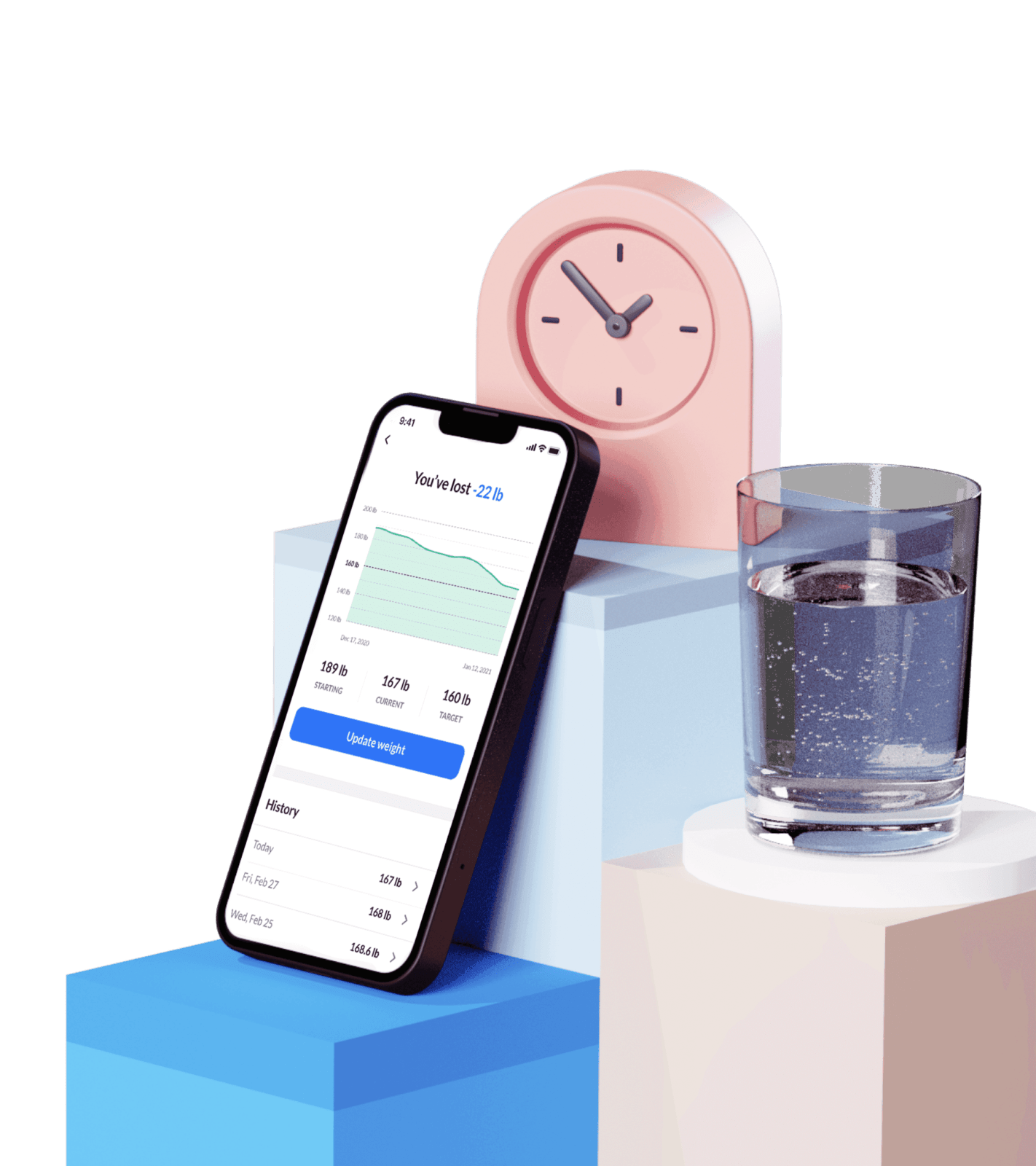
This is an evidence-based article that includes scientific citations. DoFasting’s professional writers and editors prepared the content, which a team of medical experts verified to be accurate.


